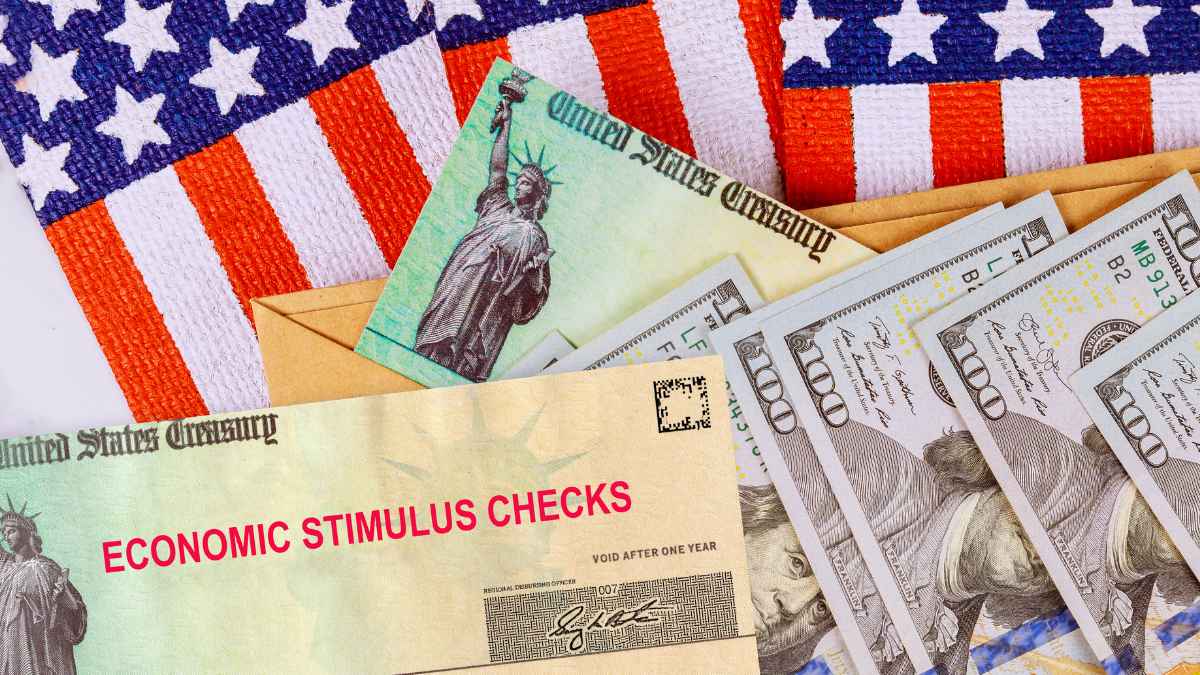Millions of Americans are anxiously awaiting word on a new $2,000 payment that could provide some relief from rising inflation and economic uncertainty.
The buzz around a potential fourth stimulus check has reached new heights, as households struggle to meet day-to-day expenses. This $2,000 direct payment, if confirmed, would follow previous rounds of federal aid aimed at boosting consumer spending and stabilizing local economies. Although the government has not finalized its decision, various proposals suggest that the check would be similar in structure to prior relief measures.
New legislation highlights possible timeline for distributing the fourth stimulus check
Recent discussions in Congress have hinted that a final announcement could arrive in the coming weeks. The intended deposit window might start in April 2025, though no specific date has been formally announced. Who should pay attention? Nearly every taxpayer in the country, especially those who benefited from earlier stimulus payments, may want to stay updated on these developments.
Understanding the primary eligibility requirements to receive the fourth stimulus payment
Like previous checks, most proposals link eligibility to adjusted gross income (AGI). Individuals earning below a set threshold would receive the full amount, while higher earners might see partial or no payment. U.S. citizens and legal residents with valid Social Security numbers typically qualify, and heads of households often receive extra funds for dependents.
Could you lose eligibility if you didn’t file taxes last year? Possibly. Maintaining updated tax returns is crucial, as it helps the government confirm your household size and income status. Key points to remember:
- You may need to file 2024 taxes for proper income verification.
- Dependents could increase your total check amount.
- Direct deposit details should be accurate to avoid delays.
Unlike taxes, failing to meet a specific filing date won’t typically carry a penalty related to a stimulus payment. However, missing out on the official rollout might force you to claim the funds later through a tax credit.
Staying informed via IRS announcements and official government websites ensures you don’t overlook key dates. Below is a hypothetical breakdown of how recipients might use this infusion of funds:
| Expense | Estimated Allocation |
|---|---|
| Rent or Mortgage | $700 |
| Groceries | $400 |
| Utilities | $200 |
| Debt Repayment | $400 |
| Savings | $300 |
Short on time to manage these expenses? Try setting up automatic payments and using budgeting apps to keep track of where the money goes.
Considerations for Americans expecting the fourth stimulus relief
In the end, the prospect of a $2,000 check offers a glimmer of hope for many families coping with ongoing financial challenges. If approved, experts suggest preparing by updating your direct deposit details, filing taxes on time, and checking official sources regularly. Whether or not the stimulus arrives exactly as planned, being ready can help you make the most of any future relief.

